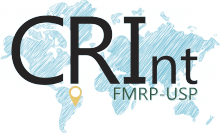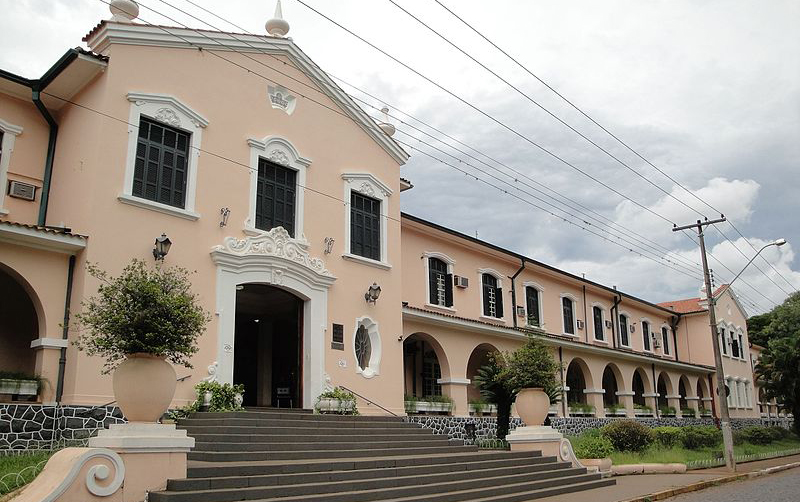ABOUT
The Ribeirão Preto Medical School (FMRP) was founded in 1952. Initially built in the center of the city, one year after its creation, the FMRP established the headquarters in the Monte Alegre Farm and constituted, thus, the initial nucleus of the campus of the University of São Paulo.
In the first decade of operation, the Faculty of Medicine of Ribeirão Preto obtained national and international academic attention, receiving visitors like Alexander Fleming (Nobel Prize of Biochemistry and discoverer of the penicillin), Bernard Houssay and Corneille Heymans (both Nobel Prize of Physiology and Medicine) and Henrique da Rocha Lima (the first researcher to isolate the bacteria that causes typhus).
Currently, the FMRP offers 7 graduation courses:
In applied education, the activities of the Ribeirão Preto Medical School include:
- Primary hospital care (5 medical centers and 6 family health centers); .
- Secondary schools (State hospitals of Ribeirão Preto and Américo Brasiliense, Women's Health Reference Center, School Health Center, Integrated Rehabilitation Center and also tertiary (Hospital das Clínicas- campus and emergency unit, Lucy Montoro Rehabilitation Center, Blood Center, Center of Legal Medicine, Mental Health, Phonoaudiology Laboratories, Pathophysiology, Ophthalmology and Oral Respiratory Center.
The FMRP also offers 19 academic master's and doctoral courses and 4 professional master's courses.
.
In the area of teaching and research, the Ribeirão Preto Medical School is home to two Research Field, Dissemination and Innovation Centers of FAPESP, CEPID: Center for Cell Therapy (CTC) and Research Center for Inflammatory Diseases (CRID) .
.
It also has 10 Nucleus of Support to Research (NAP) of the University of São Paulo.
.





